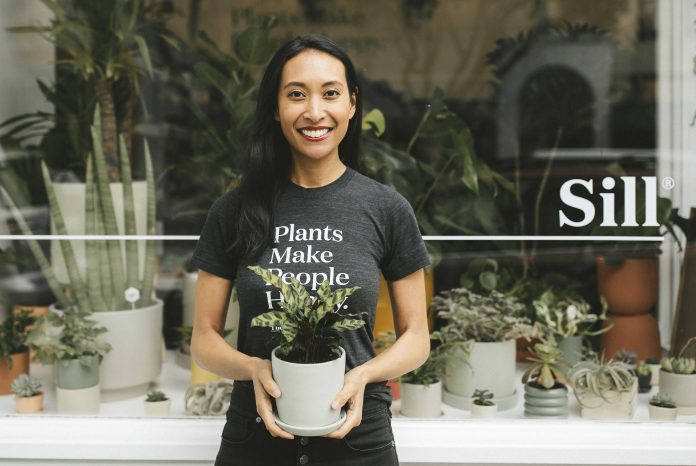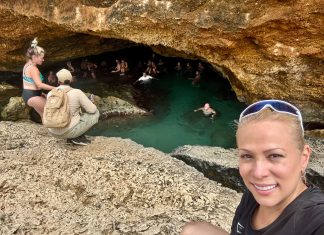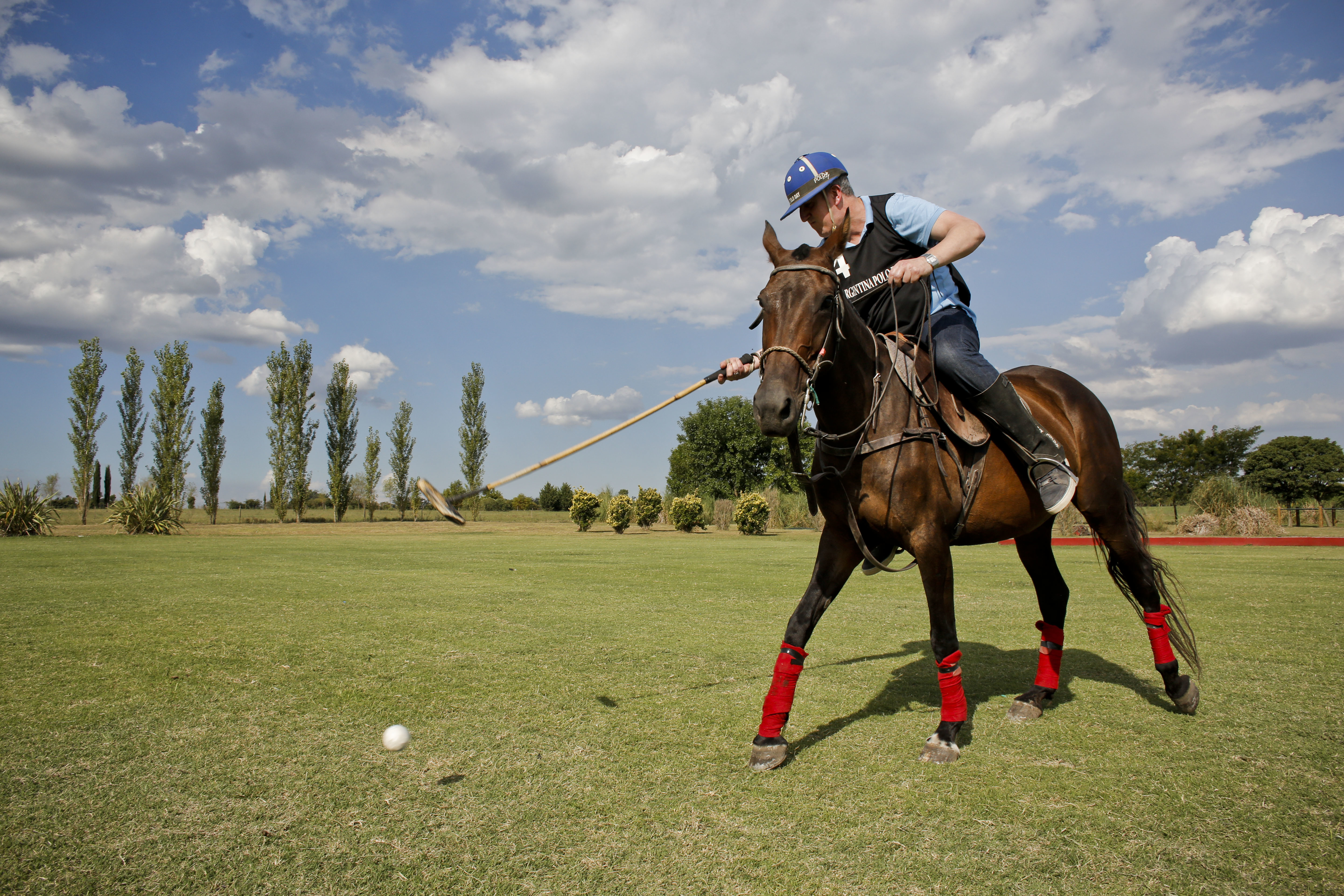It wasn’t just toilet paper that people stocked up on during the pandemic. There was a run on houseplants, too.
Demand for greenery was so high at The Sill, an online plant store, that some varieties were sold out. And the rush of orders took the company by surprise, leading to shipping delays, a problem even online shopping giant Amazon had as more people stayed home and shopped online.
CEO Eliza Blank, who founded The Sill in 2012, says people turned to plants when they realized they would be stuck at home and isolated from others for much longer than expected.
“It’s something to nurture and have a relationship with,” says Blank, who is 35.
The pandemic has caused the company to postpone plans to open two more physical stores this year, focusing instead on the five it currently has.
But it’s been expanding in other ways. It’s offering more $10 online classes where people can learn how to care for succulents or ask a plant expert a question. And it has added flowering plants to the mix, such as orchids, which cost $75 for one that’s 14-inches tall.
In a recent interview with The Associated Press, Blank talks about the company’s bestsellers and why more men are getting into plants. The questions and answers below have been edited for clarity and length.
Q: Plants take time to grow. How did you keep up with a rush in orders?
A: In the beginning, it was just a matter of our customers having to wait longer for the product. Now we’ve done things like add additional shifts and engaged with some of our growers to do some of the shipping on our behalf. We’ve gotten a better handle on it. But I would say we still go through periods where it’s more challenging than pre-COVID.
Q: Why?
A: There are certain plants that aren’t available currently because we’re just waiting for the next crop. We’ve just sold through them much faster than even the growers could keep up with.
Q: What plants are popular?
A: Some of the most popular plants, especially for people living in cities, are plants that do better in low light environments or apartments. The ZZ plant has sold out on multiple occasions because it’s very tolerant of low light. It’s just really adaptable to a lot of different environments, which makes it a really good beginner plant.
Q: Amazon started selling live plants a couple of years ago. How do you compete with them?
A: Our customers are new to plants. They’ve never taken care of plants before. So they’re really looking for a better discovery portal and some guidance as to which plants they should start with, whether they want plants for beginners or plants that are pet-friendly and nontoxic. We take a lot of the guesswork out. I think the problem with Amazon is you generally need to know exactly what you’re buying in order to search and find it.
Q: Who is The Sill’s typical shopper?
A: I would say 25- to 35-year-olds, both men and women, but skews a little bit more heavily towards women. But we’ve actually been seeing more men engage with the brand and buy plants over time, so we’re excited to see that trend.
Q: Why is that?
A: I think there’s just more men out there who are taking home decor, health and wellness and self-care more seriously than ever. It’s no longer a cliché that young professional men don’t decorate their homes or don’t invest in real dishes. I think they’re starting to mature and be on par with women of their age in how they create a home space for themselves.
Q: The Sill focuses on houseplants. Have you thought about selling more plants for outdoor gardeners?
A: We’re definitely open to it. Right now, I think indoor plants are having a really big moment. I think it’s a great place to start because I think it’s the space that we are so desperate to bring nature into. If we don’t engage with it outside, then we certainly need it inside to keep us sane. It’s not to say that we would never get into outdoor gardening, but I think the necessity first and foremost is inside.

















